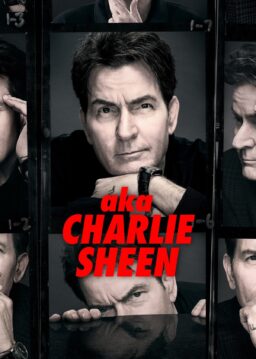HOLLYWOOD – Of all the kinds of sets they make movies on, the science-fiction sets are the most fun. Here was Michael York, dressed in a 23d Century tunic, holding a ray gun and looking immensely pleased with himself. And all around him, inside the largest sound stage on the MGM lot, were vast plastic domes and rows of ominously blinking lights and strange machines that looked like dentists’ chairs run amok.
“It’s kind of a balancing act, trying to make the character seem human, and yet still making them sound a little futuristic,” York said. “You take out all the 20th Century slang – lines like ‘what the devil’ or ‘hold on a moment’ – and you’re left with people who sound like computers. So then you go to work making them more real. If you’re successful, then that’s the difference between a good s-f movie and space operas.” The movie this time was Saul David‘s “Logan's Run,” an immensely ambitious and expensive ($8 million) epic set 300 years from now, when mankind lives beneath a large dome. York plays Logan, a policeman of the future, who’s assigned to find out how people are escaping from the dome. The human race is programmed to stay at the same population forever, and the dropouts are lousing up the count.
“Everything is run by a central authority,” York explained, “a computer set to control everything that goes on inside the dome. Every human being is given exactly 30 years to live, and then he has to be eliminated to make room for a new baby. When you’re 30, you see, they put you on a gigantic carousel and you spin around like mad and try to climb up to the top of it and if you succeed, you get to keep on living. Of course, nobody DOES ever succeed, but people never think of that.”
York plays a cop who tracks down the missing humans, falls in love with one of the drop-out girls, discovers there’s a way out of the dome and goes with the girl to a rundown ruin of Washington. The White House is inhabited by a slightly crazy old man, played by Peter Ustinov, and a lot of stray cats. But before York leaves the dome, he has to have his face restructured by a bizarre machine, and that was the scene he was playing now.
The s-f lights blinked, the apparatus did its thing, York tried to look appropriately unmoved during a discussion of his future appearance, and then there was a break. He went to his dressing room in search of a cup of tea and started talking about the laser photography sequence they were going to try in a few days.
“I think this will be the first time three-dimensional holograph images have ever been used within a film,” he said. “I’ve already done all the laser scenes – posing as myself in about eight different ways – and now they’re doing a master shot in which the real me is in the center, and I’m surrounded by all the holograph versions of myself.
“It’ll be much more convincing than simply using special optical effects – because the images will be in 3-D, we’ll be able to walk around them, or through them, if we want to. It should be frightfully distracting! It’s hard enough trying to act when you can see yourself on a monitor, let alone trying to keep your head when you’re surrounded by yourself.” At 33, York is perhaps the busiest young British actor in the business right now, and he does all sorts of roles. His best known performance so far was probably In “Cabaret,” in which he played a sort of dreamy young British poet to Liza Minnelli‘s decadent Berlin nightclub singer. He had major roles in both of Franco Zeffirelli‘s Shakespeare films – “The Taming of the Shrew” and “Romeo and Juliet” – and he was a young, confused student in Joseph Losey‘s great “Accident.” Within the last year, he was one of the passengers in “Murder on the Orient Express” and the fourth musketeer in Richard Lester‘s “The Three Musketeers” and its sequel.
“I like a sort of swashbuckling role like the one in the musketeers films,” he said, “because I think there’s a danger if you’re seen as just one type of British actor. Especially after ‘Cabaret,’ there was the danger of always being cast as the sort of moody British semi-intellectual teacher type. So I went looking for extroverted roles. I love to leap about and do sword fights and jump off balconies, that sort of thing.”
York’s wife, free-lance photographer Patricia McCallum, came into the dressing room, poured herself a cup of tea and observed that sometimes he liked to do that sort of thing all too much. “Michael’s double was injured on the ‘Musketeers,'” she said, “and Michael ended up doing a lot of his own stunts. He got cut twice with the swords – once just half an inch from his eye.”
“But I like stunts, so long as it’s not something stupid,” York said. “There’s a temptation to do something bravura, almost to prove your manhood – and the stuntmen themselves are always taking the most amazing risks. On the other hand, I can understand the reasoning of someone like Victor Mature, who’s famous for not liking stunts. The famous line is that you can’t get him to jump off a chair.”











